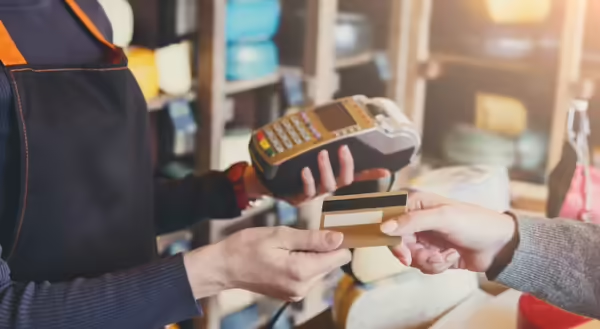
Business owners should take a close, hard look at the long-term prospects for profit. Does it make sense to continue, or should you limit losses, close the doors for now, and save your time and energy for a future business?
Retailing in the U.S. has been transitioning for the greater part of the last decade. Since the recession, retailers both small and large have had to adapt or dissolve. COVID-19 forced shutdowns of non-essential businesses, including most retailers. Unless your store had an online presence, your sales have probably dropped to near zero.
Recently, the Wharton School of Business at the University of Pennsylvania asked for comments from three experts: Mark Cohen, a former retail executive who is a professor and director of Retail Studies at Columbia University’s Graduate School of Business; Wharton marketing professor and former dean Thomas Robertson; and Barbara Kahn, a Wharton marketing professor whose research focuses on retail.
In the article, From Apocalypse to Supernova: How the Pandemic is Changing U.S. Retail, Robertson says the industry is in a period of what the economist Joseph Schumpeter called “creative destruction.” This is “the constant change brought by innovation that kills off old ideas and makes room for new ones. Retail will be different after the dust settles, and that’s not a bad thing.”
The experts believe that retail sales will “come back as strong as ever, but exactly when that will happen is not yet evident.” The experts agree that a transition to a post-pandemic world will not be easy and will depend on good decisions by management.
If a retailer of any size was having financial difficulties before the pandemic, they are not likely to survive. Shoppers are not going to flock back to stores when they reopen. Retailers must find ways to accommodate customers in stores safely, within state guidelines. This will increase costs and put even more pressure on cash flow.
“It’s going to be a very long time before consumers begin to participate in the retail economy in any kind of normal way,” Cohen said. “They are going to be fearful about shopping, about the proximity to other people. They won’t have the money to shop, or what money they have will have to go a long way for an indeterminate amount of time just for them to survive.”
Kahn stressed that “for companies that haven’t perfected their omnichannel approach – a seamless integration of digital and physical shopping – now is the time.” Retailers without on-line shopping options will have difficulty weathering this crisis.
Good management decisions are critical. Attempts to address the working capital gaps for small businesses across the U.S. include the Paycheck Protection Program (PPP) and Economic Injury Disaster Loan program, both part of the stimulus package. Unfortunately, the timing and capital received by small retailers may not be enough to carry them through.
Robertson said stores should continue doing what they have been doing since the start of the pandemic: canceling orders, renegotiating rent, restructuring debt and re-envisioning their stores.
However, struggling through the crisis may not be the best option for every small retailer. Developing a best case and a worst case cash flow scenario for the next twelve months will help the business owner decide if staying in business is the best option. Recently, after failing to renegotiate their lease with their landlord, a restaurant in central Illinois chose to close, at least temporarily. They plan to reopen in a new location when they can implement a profitable model.
Each retail business, large and small, must take a hard look at the pros and cons of staying in business. Closing a business that you built is difficult, for sure. However, entrepreneurs are generally resilient and creative enough to start again, assuming that their debt load is manageable. Before you take that next loan or charge those expenses to a credit card, make sure you feel confident that your worst case cash flow scenario shows your business has a real chance of becoming profitable. If not, it may be time to cut your losses and save your time and resources for your next, after-the-crisis, business endeavor.
SOURCE
Pam Schallhorn is a University of Illinois Extension Specialist in Community and Economic Development specializing in small business development and entrepreneurship. Previously, she was a Vice President of Commercial Lending for several banks and served as the Director of the Small Business Development Center in Rockford, Illinois. She holds a bachelor’s degree in finance and a master’s degree in political studies. Her office is in Springfield. Contact Pam